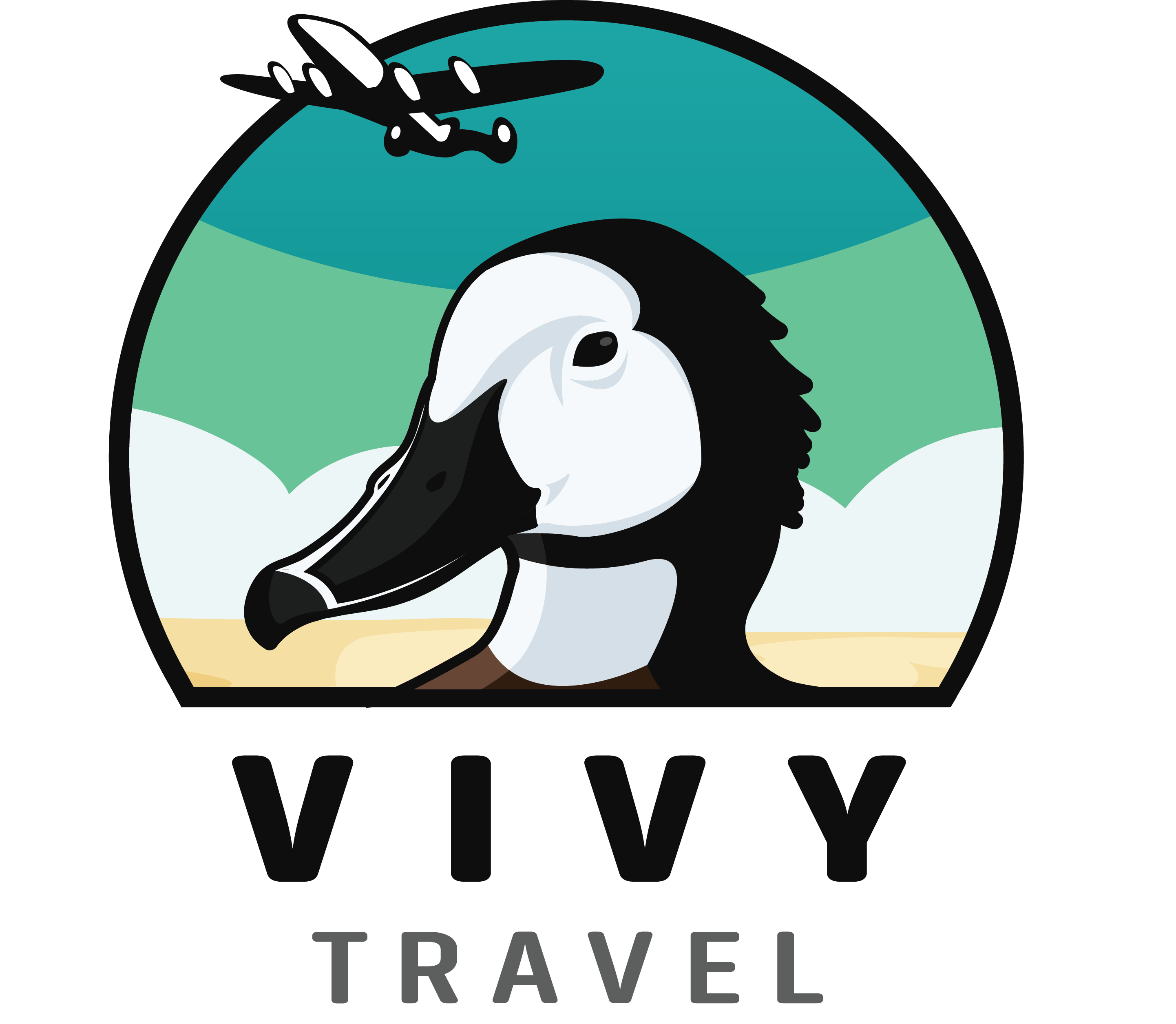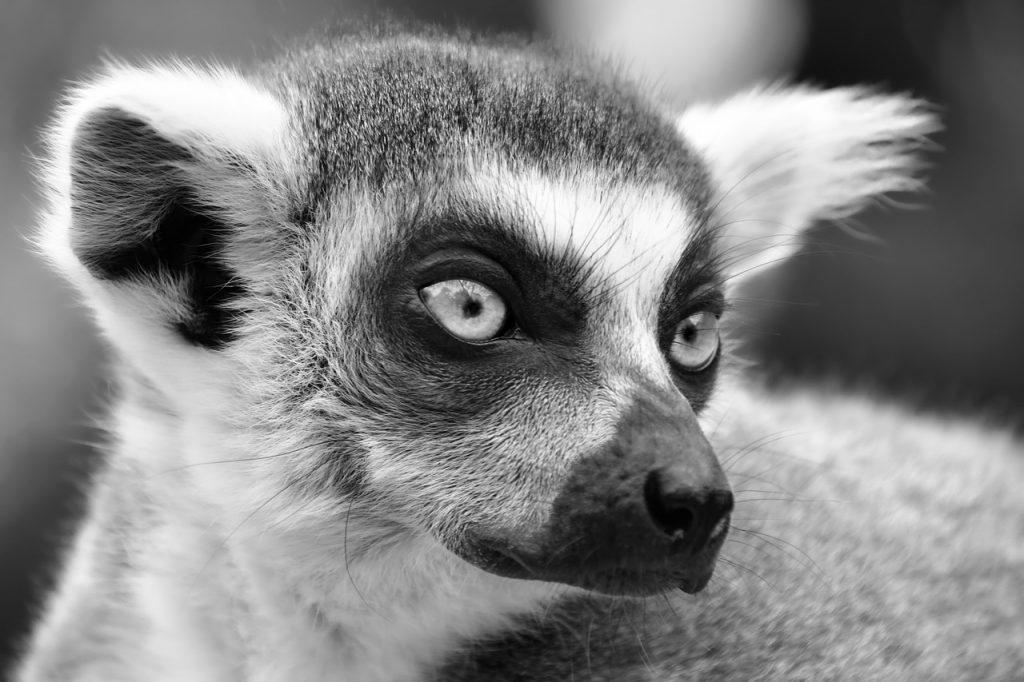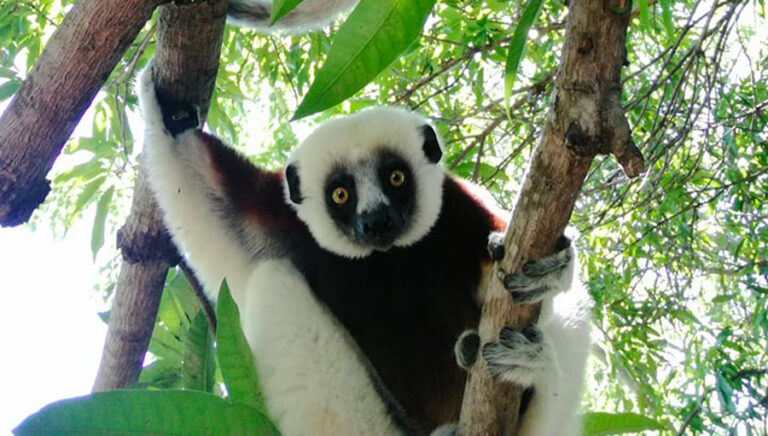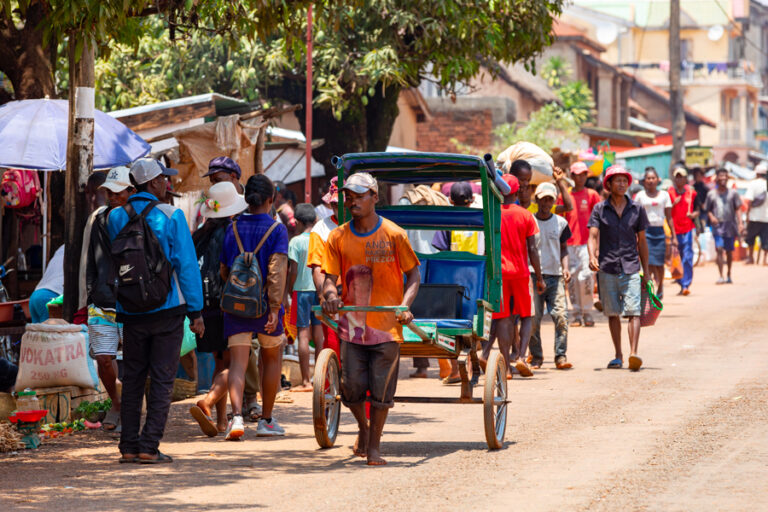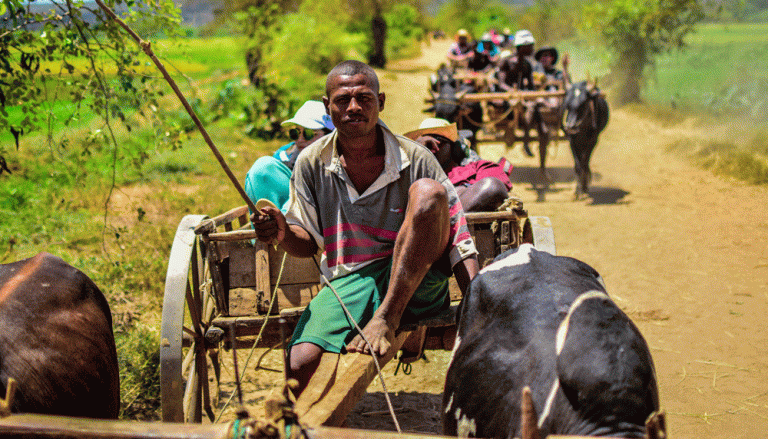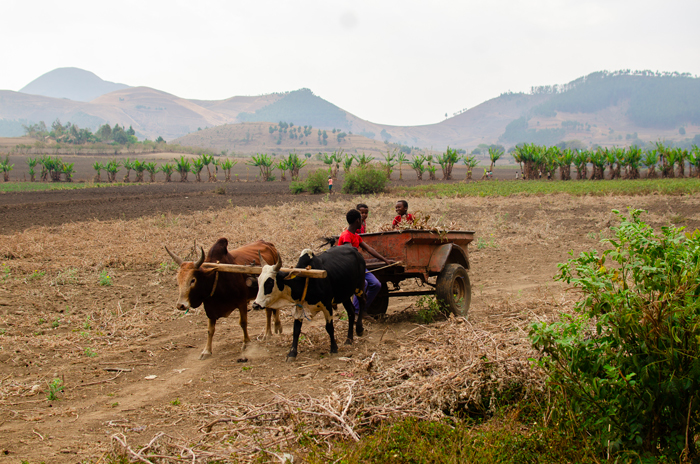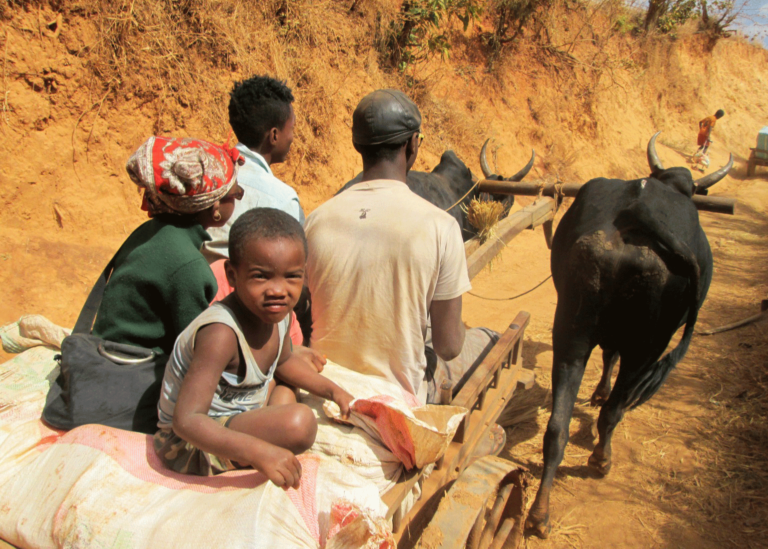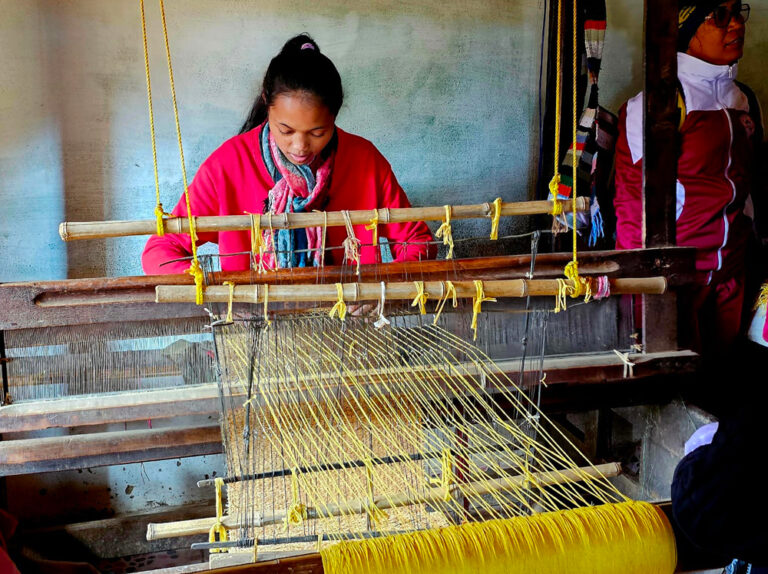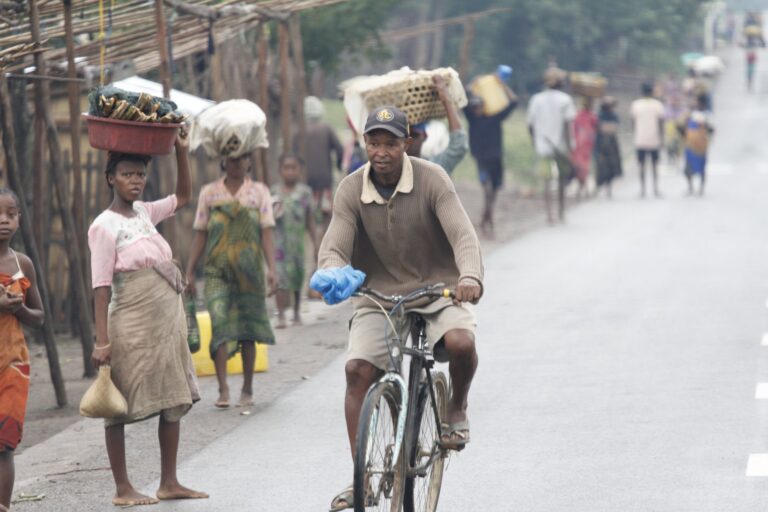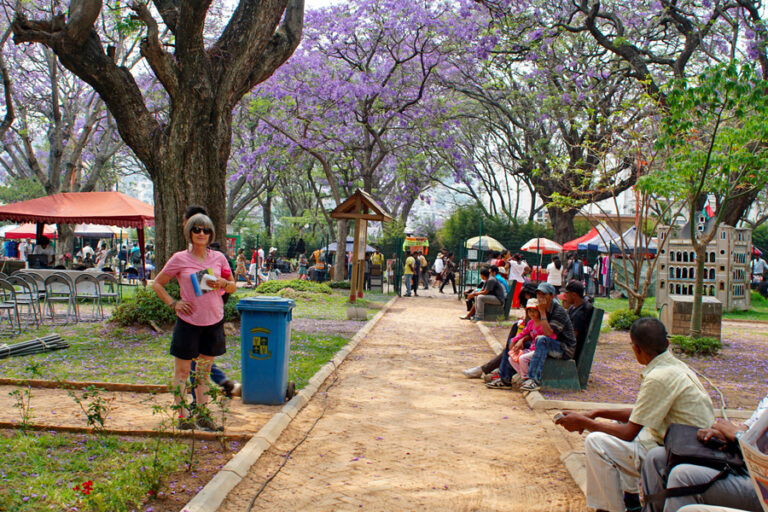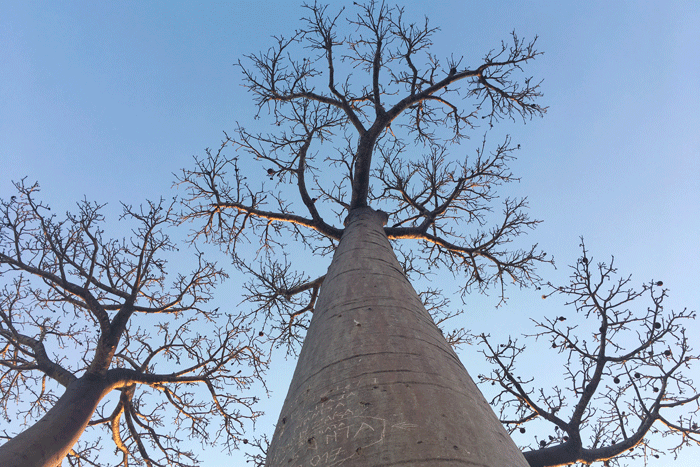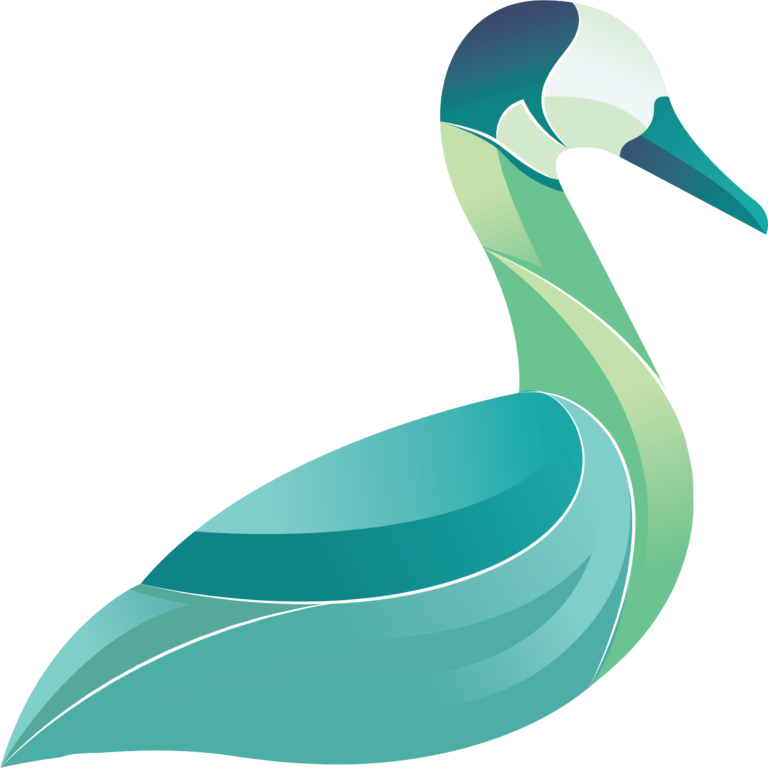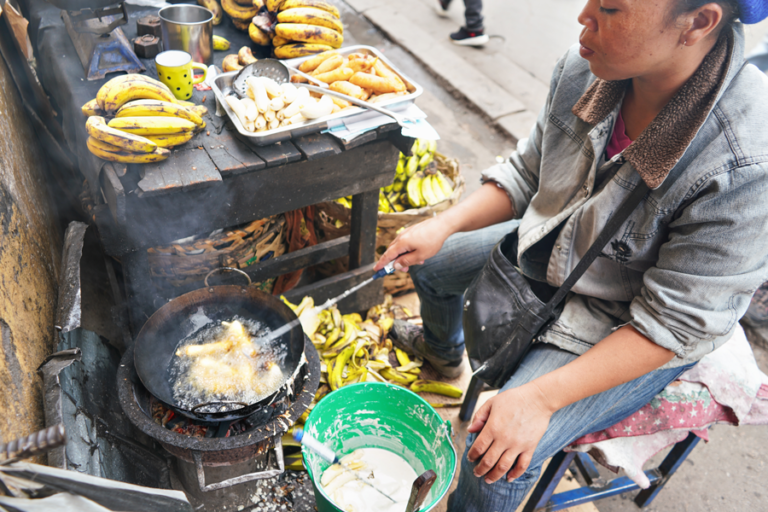
Mofo Akondro, literally banana fritters!
If you are exploring Malagasy flavors, Mofo Akondro (banana fritters) is a must-try, alongside the famous Mofo Gasy and Ramanonaka. Particularly appreciated in the Highlands region, especially around Antananarivo, this sweet treat is often enjoyed with a cup of local coffee. Be careful not to confuse these specialties from Imerina with Mokary or fried bananas, which can be found in other regions of the country!
